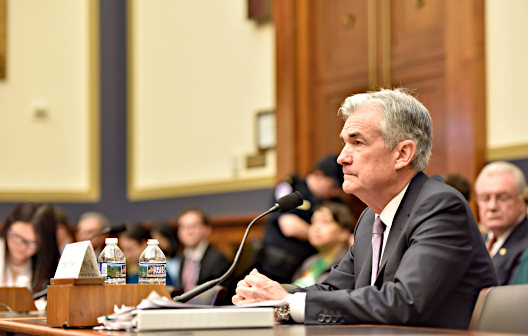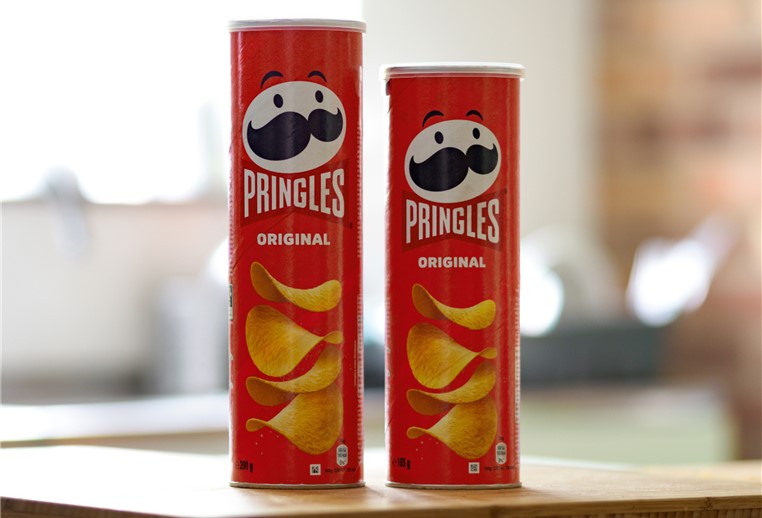Image Credit: Brett Jordan (Flickr)
How the Bureau of Labor Statistics Confirms Your Sticker Shock by Measuring CPI
As purchases of pretty much everything cost more than they did a year ago, a correct accounting of average cost per household has recently taken the spotlight. The methods the federal government uses to track changes in prices each month on a hundred thousand goods and services were given little thought during non-inflationary periods. But now, as more consumers are asking whether the 8.3% inflation rate corresponds with their anecdotal 23% increase in groceries or the change in prices they’re experiencing with cars, understanding where the government gets the statistics from is useful information.
Bureau of Labor Statistics
Quantifying the magnitude and pace of inflation is among the Bureau of Labor Statistics (BLS) official jobs.
There are 477 workers that work for the BLS that track price changes. Many of these are “on-the-ground” economists whose job it is to confirm that you just paid $1.37 for a can of tuna and that it isn’t a fluke. Their work literally moves markets, including all those tied to interest rates, the stock market, COLA raises for Social Security recipients, and other prices tied to one of the CPI indices.
After a two-year pandemic-related shift away from in-person confirmation, many price checkers have returned and are back out in stores and visiting service businesses in person to collect data. This could include visiting a reception hall, checking prices on a manicure, asking accountants what they charge for a basic tax return, oil change, etc.
Under the Spotlight
For decades there was little attention paid to inflation. For most of the years, the risk of deflation was the most spoken about concern. Retirees would complain that their COLA was more than eaten up by rising Medicaid deductions, and many of us were amazed each time we decided to buy electronics like a new TV. Not only did it cost less than the last one we purchased, but it had better features.
A recent story in the Wall Street Journal about one of these BLS price-checking economists explains she spends more time than ever at each location. Not because she has more business there, but because business owners want to complain to her about rising prices. The story in the Journal says this checker has six children and lately she’s been called upon by her husband and friends to suggest ways to avoid higher bills. This advice she can share. What she cannot help with is sharing any information she has that is confidential, as it could be market moving and considered insider information.
The job of a price-checker has been described as a treasure hunt. As you might imagine, they have very strict price collection rules. Shop owners are not at all counted on to know any of the rules because there is no financial incentive or accountability for them to care enough to treat the task with the importance required.
The job is exacting. To price an item, BLS workers go through up to an 11-page list of data points to make sure they are pricing the same item as they did the prior month. As an example of how exacting, a can of soup will have 12 different specifications, including flavor, size, brand, organic labeling, material of the packaging and dietary features, such as sodium content.
Challenge of Monthly Measurement
The BLS tracks prices on their list of goods and services, along with 8,000 housing units each month. The bureau determines which items to include using census-collected data on buying habits. This makes sure the measurements reflect the way Americans spend their money and captures new buying habits as they emerge using a four-year cycle.
Business participation in the monthly CPI price gathering is voluntary. Businesses can’t be required to participate.
One challenge they have recently run into is supply-chain shortages. It has made it more difficult to check prices from month to month over the pandemic since goods are often out of stock.
And what about shrinkflation? The price checkers are challenged with watching for quantity changes. If a container of ice cream or can of Pringles has an unchanged price, but the package has shrunk, the price checker has to account for it as a price increase.
Managing Editor, Channelchek
Suggested Content
 History of Hawkish Fed Policy and Soft Landings
|
 Asset Classes that Perform Best and Worst with Negative Real Interest Rates
|
 The Detrimental Impact of Fed Policy on Savers
|
 Inflation is No Baloney
|
Sources
https://newscorp.com/business/dow-jones/
https://bigcharts.marketwatch.com/
Stay up to date. Follow us:

|

